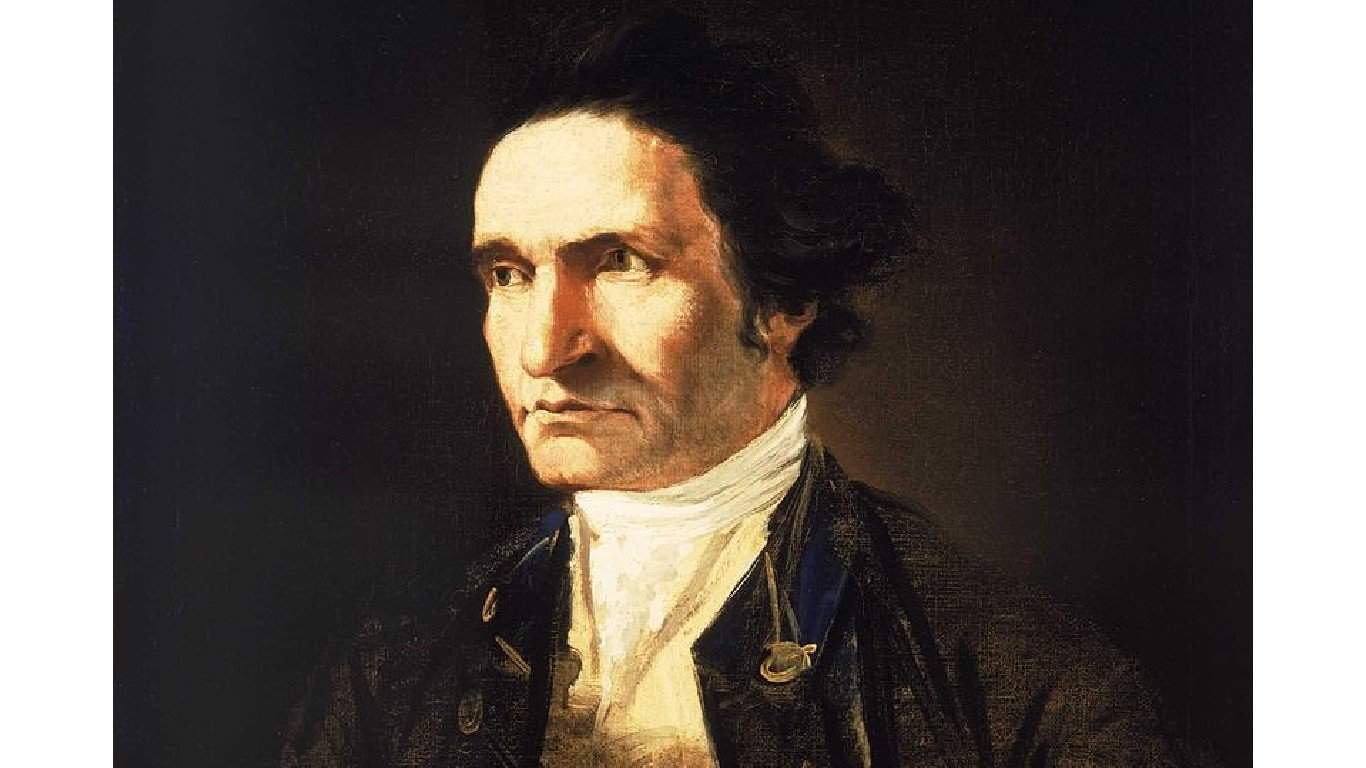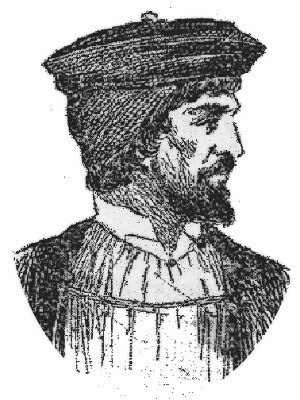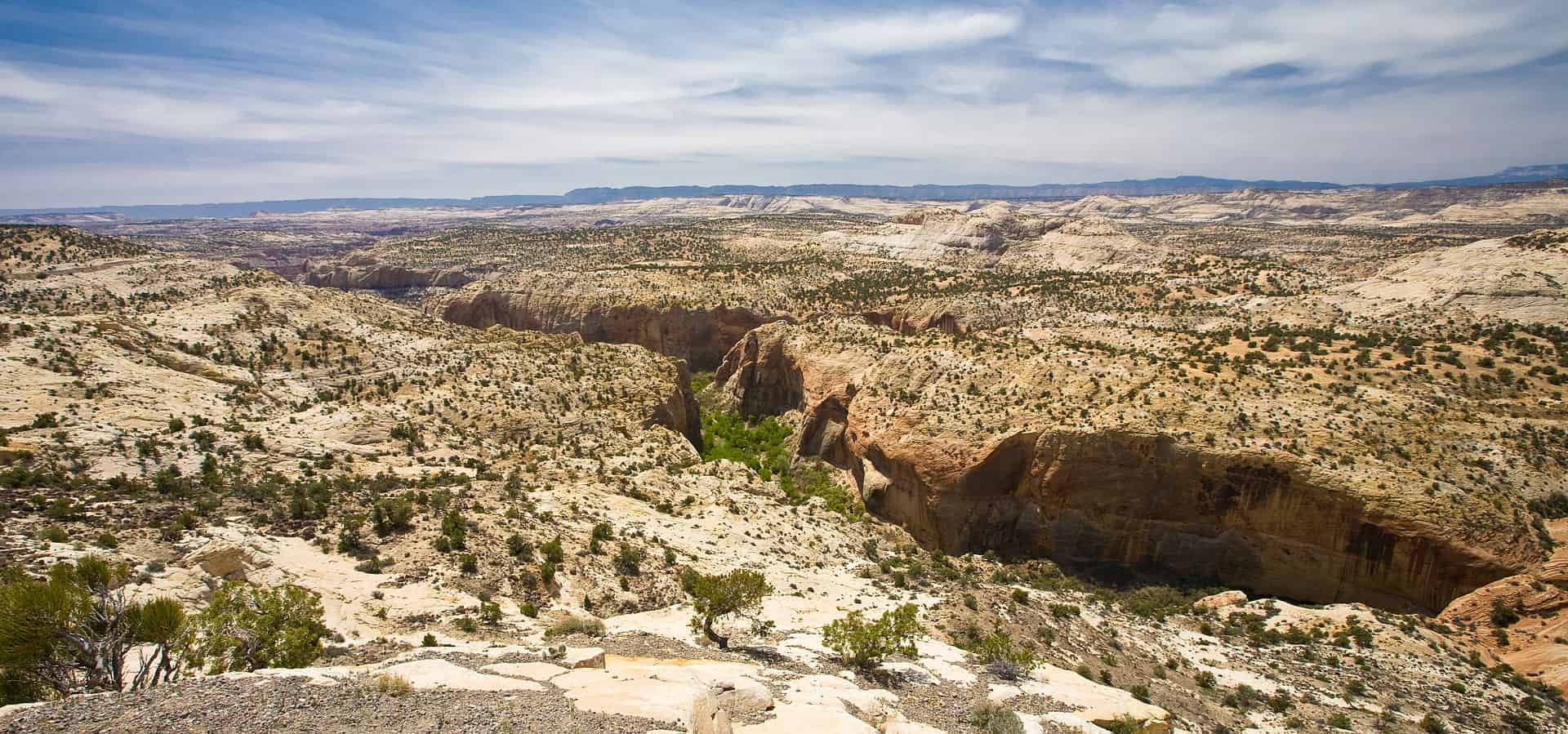Throughout history, the most intrepid of people have attempted to explore the far reaches of the earth. With the invention of ships capable of traveling long distances, it became all that much easier for early explorers to set out for far-off locations. Many returned home with maps of previously uncharted coastlines, or with traded goods like spices, textiles, and precious metals. Others, unfortunately, never returned.
To determine 28 explorers who died or vanished on their last voyage, 24/7 Tempo referred to various online sources, including History.com and Britannica.
Unforgiving locations, from the frigid Arctic to the Australian outback, caused the demise of many of these explorers, who became shipwrecked, stuck in ice sheets, or died from exposure, starvation, or dehydration. In some cases, explorers trod too close to the lands of indigenous inhabitants – or in the cases of James Cook and Ferdinand Magellan, were outright hostile to them – and were subsequently murdered.
Most disappeared without a trace, but in some cases search crews have found artifacts or personal items hinting at or even detailing the explorer’s fate. In all but a few cases, the bodies of these adventurers have never been recovered. While some are likely frozen in the ice or mummified in the desert, many went down with their ships. (These are the most famous shipwrecks ever found.)
Eudoxus of Cyzicus
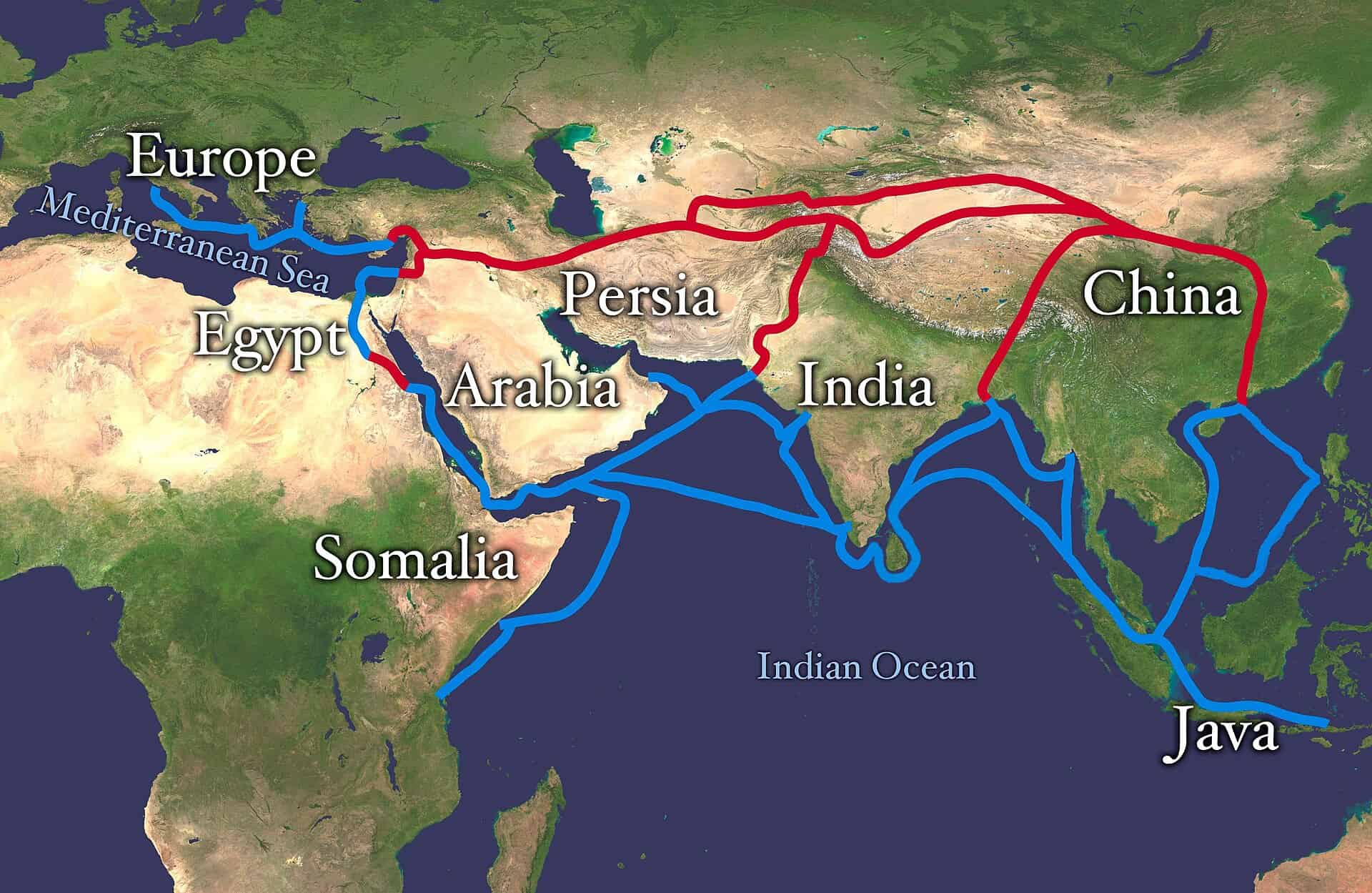
- Vanished in: 2nd century B.C.
- Where: Off west coast of Africa
Eudoxus of Cyzicus, a Greek navigator, made two successful trips from Egypt to India via the Red Sea. On one of these excursions, he came upon a shipwreck on the east coast of Africa and realized that the ship had come around the southern tip of the continent. Determined to circumnavigate Africa himself, he set out from Spain twice. On the first trip he ran aground, and on the second, he simply vanished.
Vandino and Ugolino Vivaldi
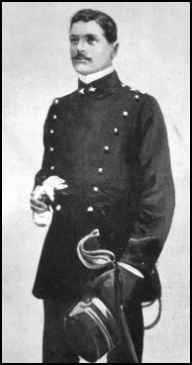
- Vanished in: 1291
- Where: Off Morocco
Italian merchants Ugolino and Vandino Vivaldi made one of the first European attempts to find a passage to Asia by sailing westward in the late 13th century, over 200 years before Christopher Columbus. The brothers departed from Genoa and traveled through the Strait of Gibraltar, landing briefly on the Moroccan coast before taking off into the Atlantic, never to be seen again.
John Cabot
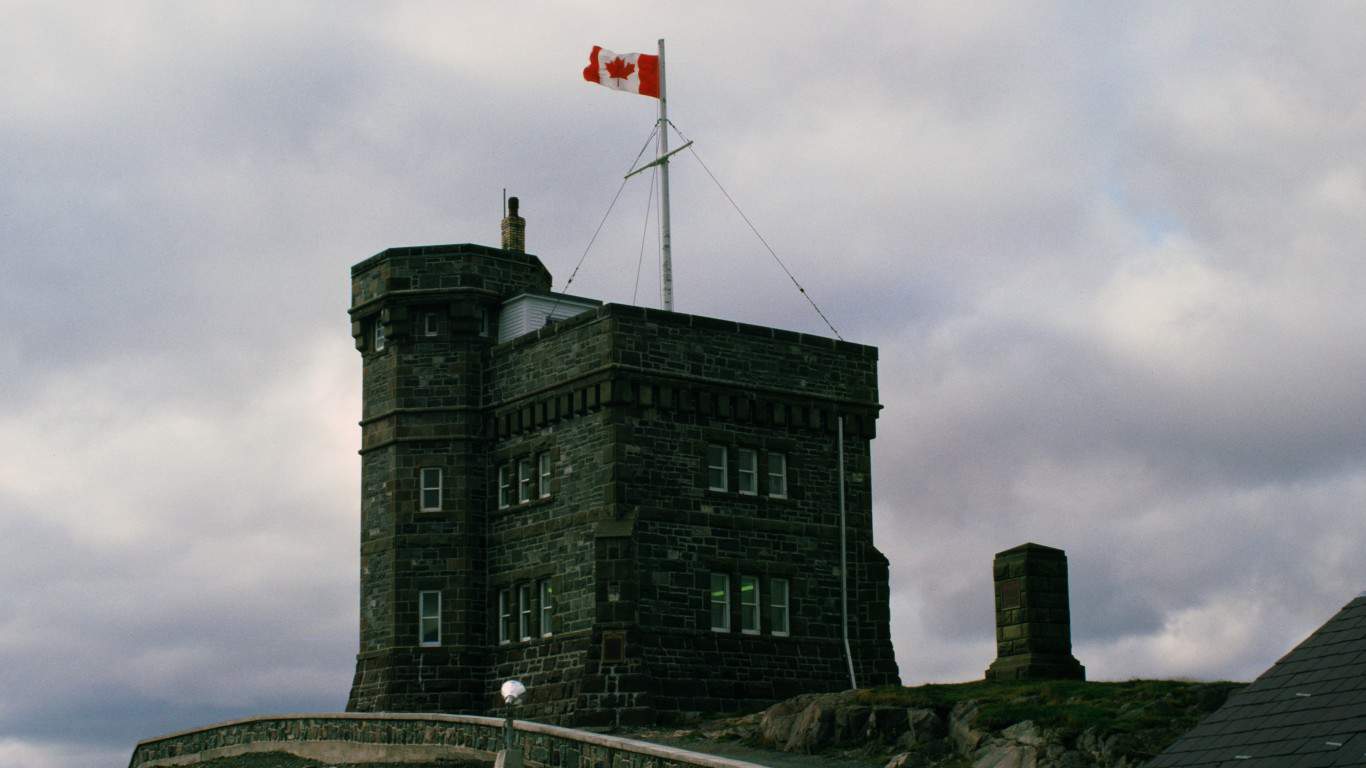
- Vanished in: 1499
- Where: Atlantic Ocean
Giovanni Caboto (anglicized as John Cabot) was an Italian explorer who sailed under the English flag in the 15th century. He made multiple trips to what is now Canada to establish trade routes from England to North America, but disappeared at sea during a voyage to the Americas in 1499. The above image shows a castle dedicated to John Cabot’s memory.
Gaspar and Miguel Corte-Real
- Vanished in: 1501-02
- Where: Coastline of modern-day Canada
Portuguese brothers Gaspar and Miguel Corte-Real both disappeared during separate voyages to modern-day Canada. Gaspar vanished after sending his brother back to Portugal with captured indigenous peoples. Miguel disappeared the following year while searching for Gaspar. Evidence suggests Miguel may have survived for at least nine years and possibly joined an indigenous tribe himself.
Ferdinand Magellan
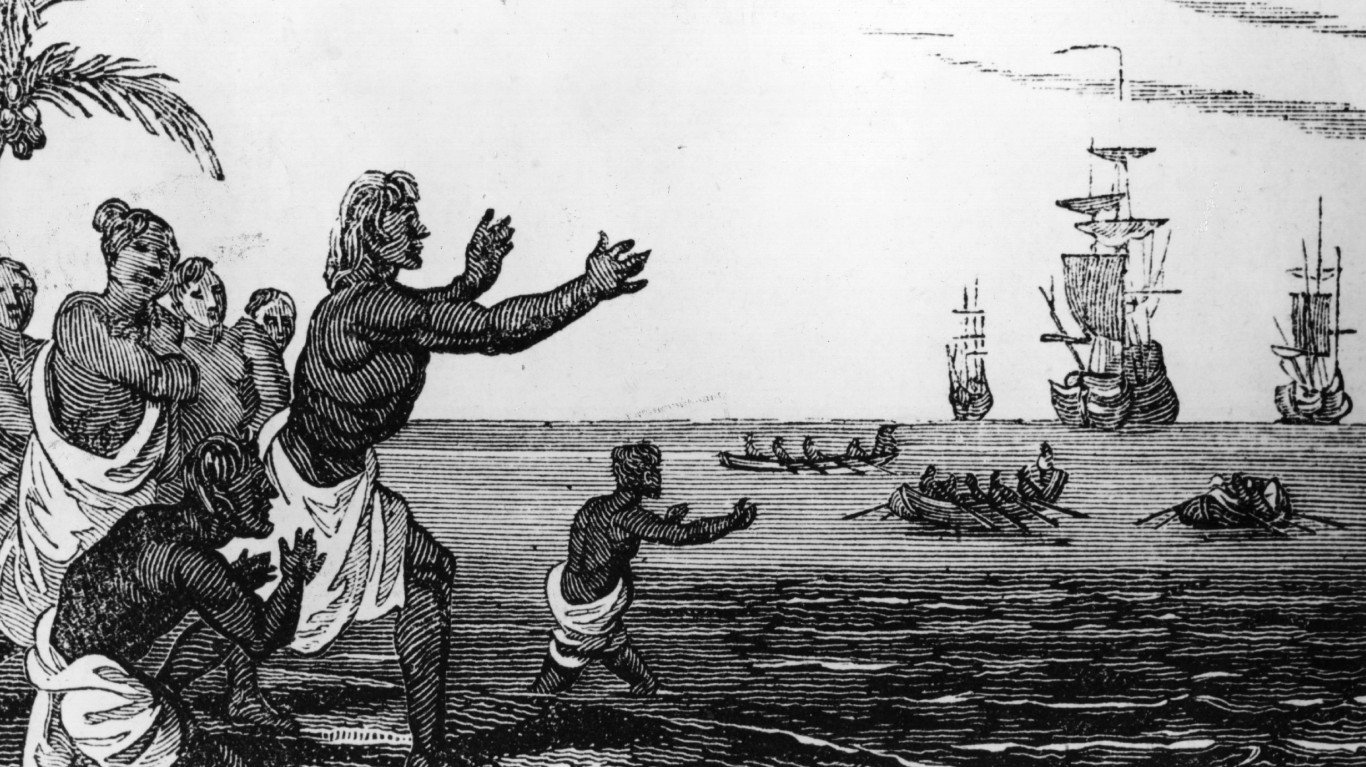
- Vanished in: 1521
- Where: Philippines
Ferdinand Magellan was a Portuguese explorer who sailed for both Portugal and Spain. He is known for discovering the Strait of Magellan between the southern tips of Chile and Argentina and for being first to circumnavigate the Earth. He was killed in the Philippines during the Battle of Mactan while attempting to convert local tribes to Christianity, but one of his ships successfully completed the journey.
Hugh Willoughby
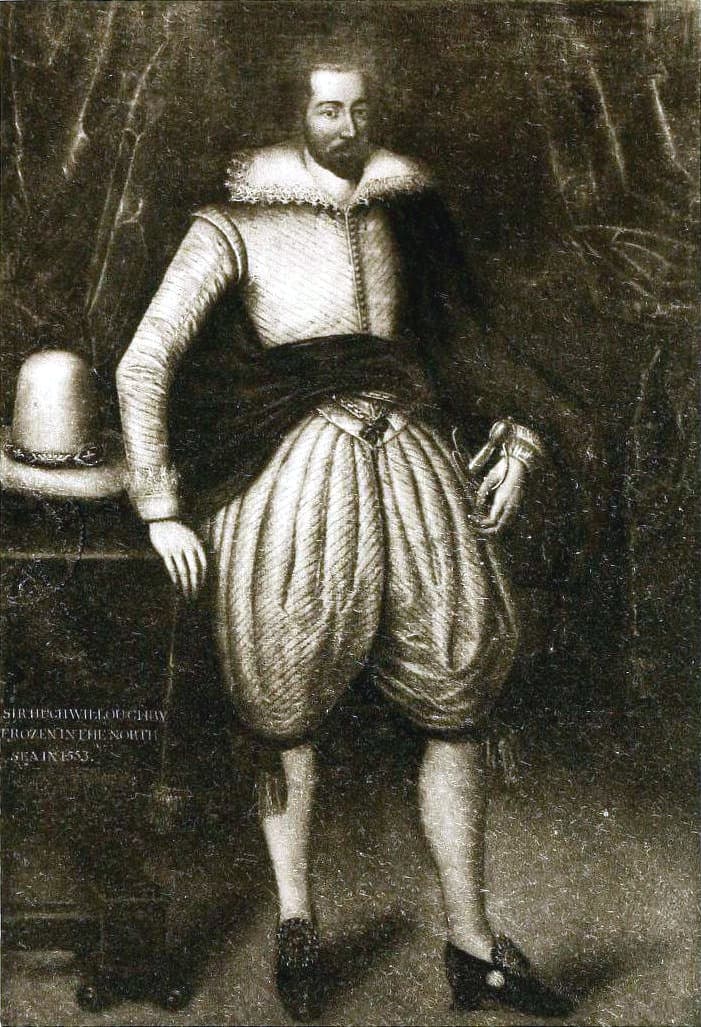
- Vanished in: 1553
- Where: Lapland
Hugh Willoughby, an English soldier, embarked on a naval expedition in 1553 to find a Northeast Passage through the Arctic. During a severe storm, his fleet was separated off the coast of Norway. One ship made it to the White Sea, but the other two disappeared. The following spring, Russian fishermen found the two ships at anchor in Lapland, with both crews dead inside – possibly from carbon monoxide poisoning.
Richard Chancellor
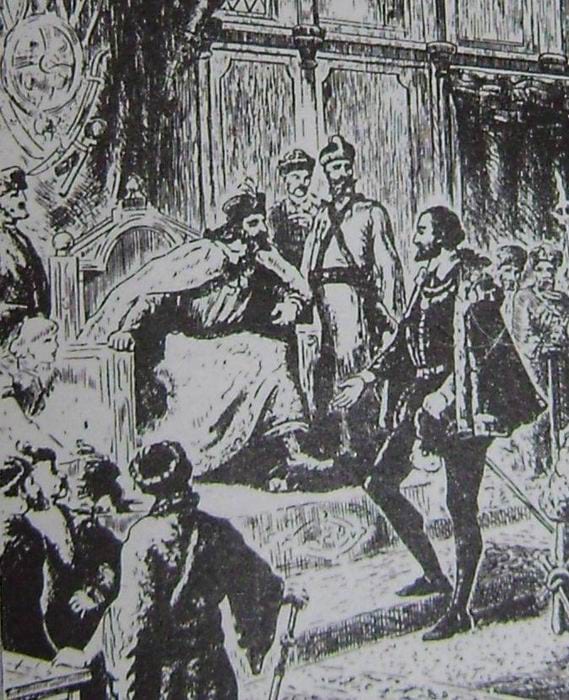
- Vanished in: 1556
- Where: Off the coast of Scotland
Richard Chancellor, a British seaman, was appointed pilot general of Sir Hugh Willoughby’s ill-fated expedition to China in 1553. Despite being separated from Willoughby’s ship in a storm, Chancellor continued on to the White Sea and eventually pioneered English trade with Russia after reaching Moscow. While returning from a trade voyage in 1556, he died in a shipwreck off the coast of Scotland.
Henry Hudson

- Vanished in: 1610
- Where: Hudson Bay
British explorer Henry Hudson vanished on his final voyage in 1610. Tasked with finding the Northwest Passage to the Pacific Ocean, he instead discovered the Hudson Strait and Hudson Bay. After a mutiny led by two crew members who accused Hudson of hoarding rations, Hudson, his son, and seven others were cast onto a lifeboat in the bay, never to be seen again.
James Knight
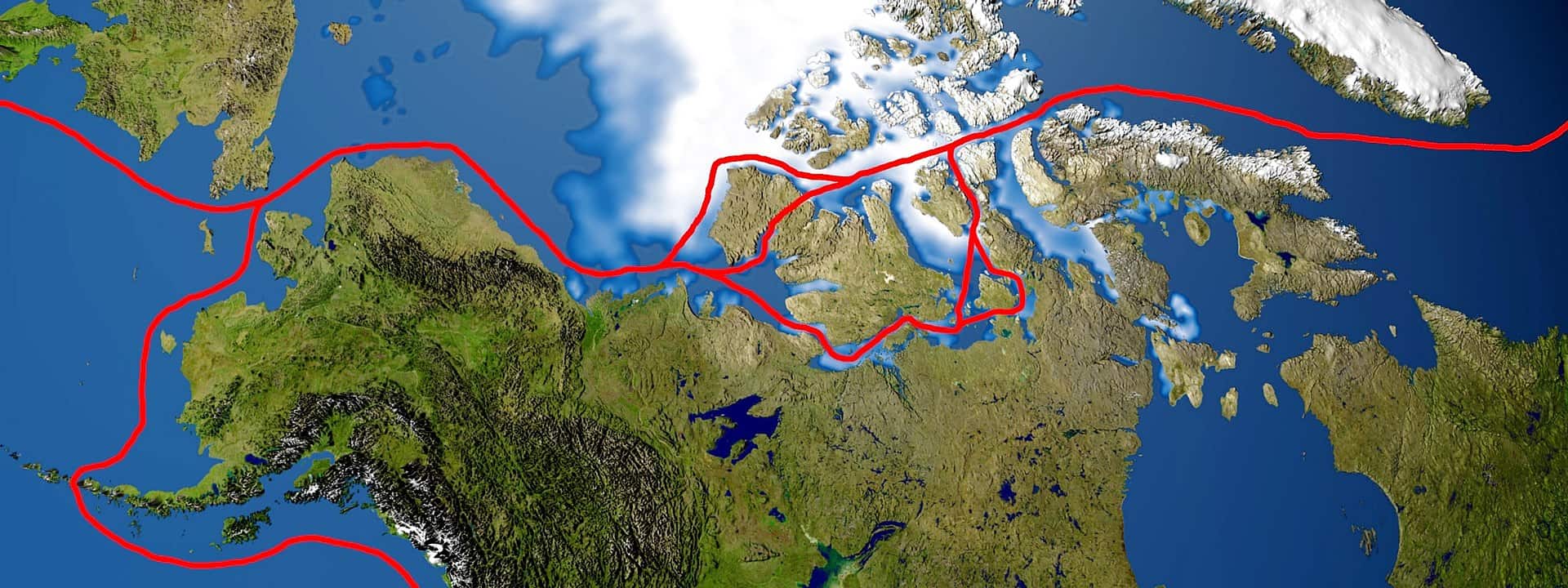
- Vanished in: 1719-1721?
- Where: Marble Island (Canadian Arctic)
In 1719, explorer James Knight and his crew of 40 men wintered on an island in Hudson Bay while looking for the Northwest Passage. According to Inuit stories, the men built a house but most didn’t survive the winter there, and the rest had died by 1722. In 1768, another English explorer found their settlement on Marble Island, and in 1991, divers found the wrecks of Knight’s two ships in Hudson Bay.
James Cook

- Vanished in: 1779
- Where: Kealakekua Bay, Hawaii
Captain James Cook, a British navigator and explorer, is known for his exploration of the Pacific Ocean and for being the first European to encounter the Hawaiian Islands. His extensive voyages allowed him to map several Pacific island groups. Cook was killed in Hawaii while trying to take a chief hostage. His body was left behind as his crew escaped, but parts were later recovered and buried. Pictured above is the location where Cook was killed.
Jean-François de Galaup, comte de Lapérouse
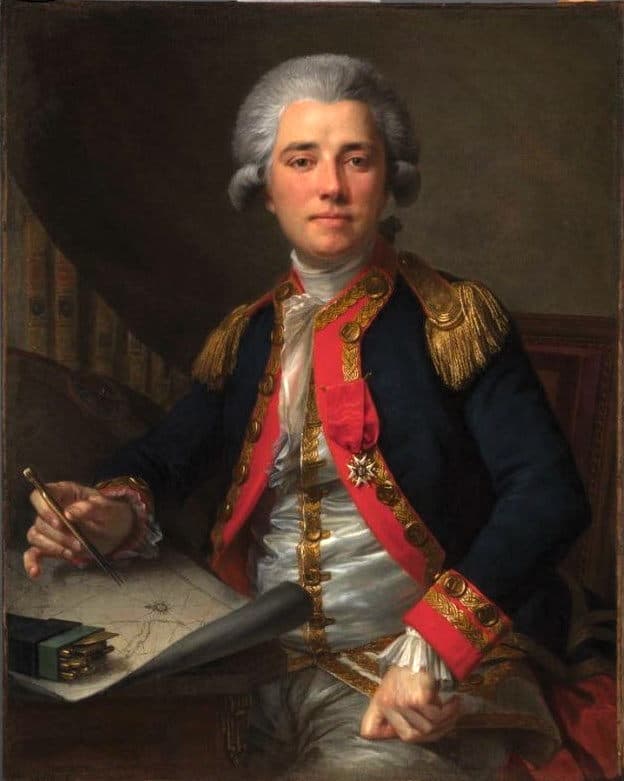
- Vanished in: 1788
- Where: Off the island of Vanikoro
In 1785, La Pérouse embarked on a global mapmaking expedition for France’s King Louis XVI. He spent years surveying lands from Alaska to the Philippines, then disappeared after leaving Australia in 1788. Evidence of his fate emerged in 1826 when wreckage from his ships was found near Vanikoro in the Solomon Islands. According to native accounts, some survivors lived on Vanikoro before leaving by makeshift boat.
Daniel Houghton

- Vanished in: 1791
- Where: North Africa
Daniel Houghton, born in 1740, was a former British army captain who embarked on an expedition to find the source of the Gambia River and the supposed city of gold, Timbuktu in Mali. On his journey, Houghton faced numerous challenges, including a plot to murder him, loss of equipment, and illness. He disappeared en route to Timbuktu in 1791 and was confirmed dead in 1793, possibly robbed and killed by one of his guides, or having succumbed to starvation.
George Bass

- Vanished in: 1803
- Where: South Pacific
British mariner George Bass, known for surveying the eastern coast of Australia, disappeared during an 1803 voyage to South America. He aimed to become a private trader but vanished in the Pacific Ocean after his cargo failed to profit in Australia. Some speculate that Bass and his crew were arrested in Chile or Peru and spent the rest of their lives laboring in a Spanish silver mine.
Sir John Franklin and Francis Crozier
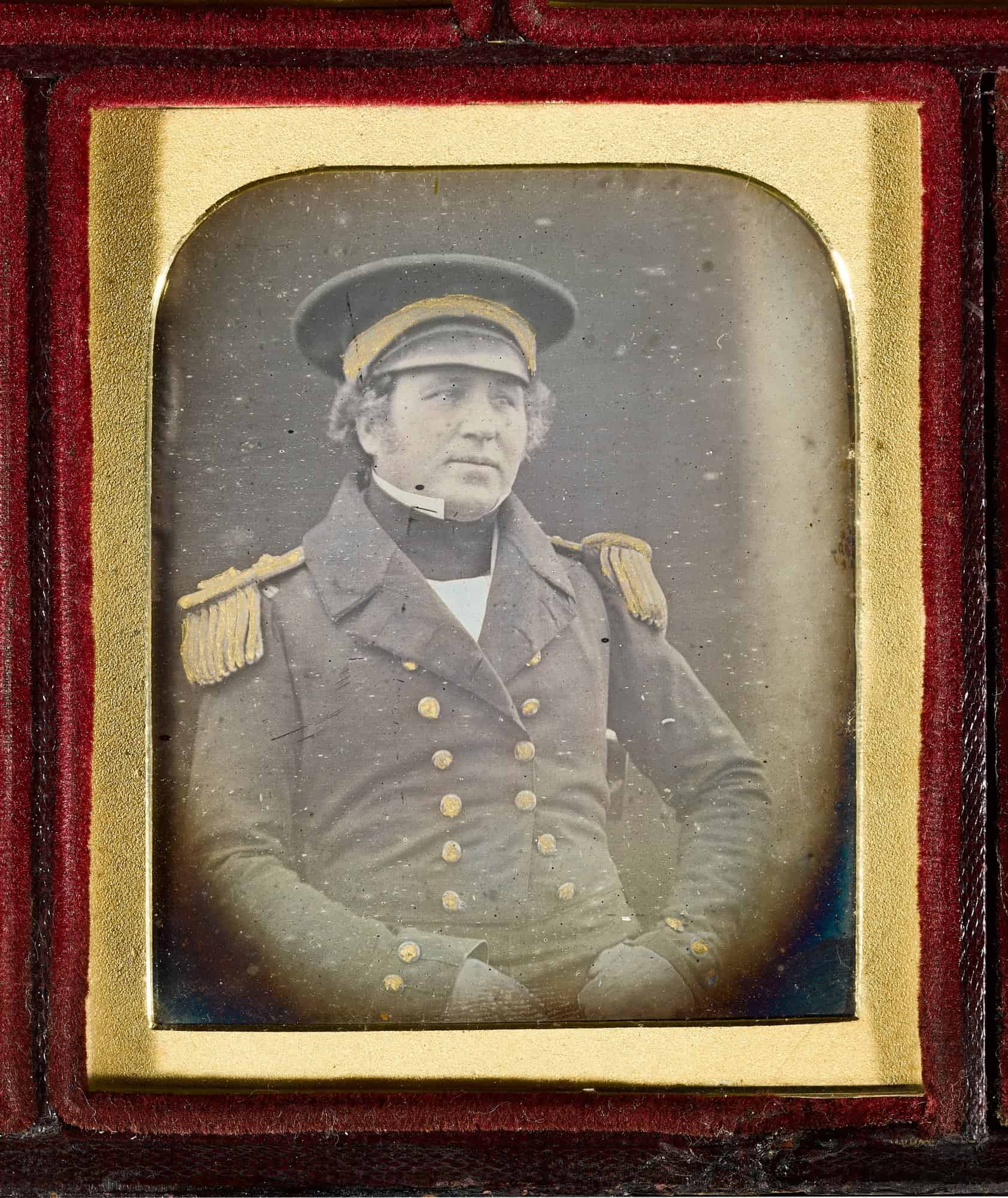
- Vanished in: 1846
- Where: Nunavut, Canada
In 1845, renowned polar explorers Sir John Franklin and Francis Crozier disappeared while seeking the Northwest Passage. Their ships, HMS Erebus and HMS Terror, became icebound and the crew weakened from lead poisoning from food supplies. Many, including Franklin, had died by mid-1848. Crozier tried to lead survivors south, but most also perished, possibly resorting to cannibalism. The ships were found in 2014 and 2016, but the explorers’ bodies were never recovered.
Ludwig Leichhardt
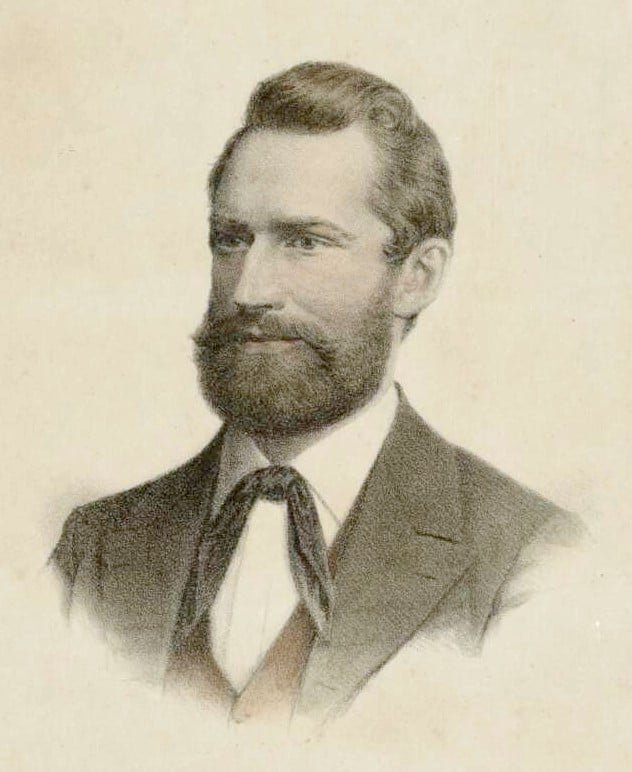
- Vanished in: 1848
- Where: Australian interior
German explorer Ludwig Leichhardt, renowned for his previous Australian expeditions, disappeared in 1848 attempting to cross Australia’s desert interior from east to west with a pack of 20 mules, 50 steers, and seven companions. Despite extensive searches, the only trace of his expedition to turn up has been a brass plaque from his rifle. Some oral accounts by First Nations people claim that members of the Wallumbilla tribe may have surrounded the party on the Maranoa River and massacred them.
Eduard Vogel
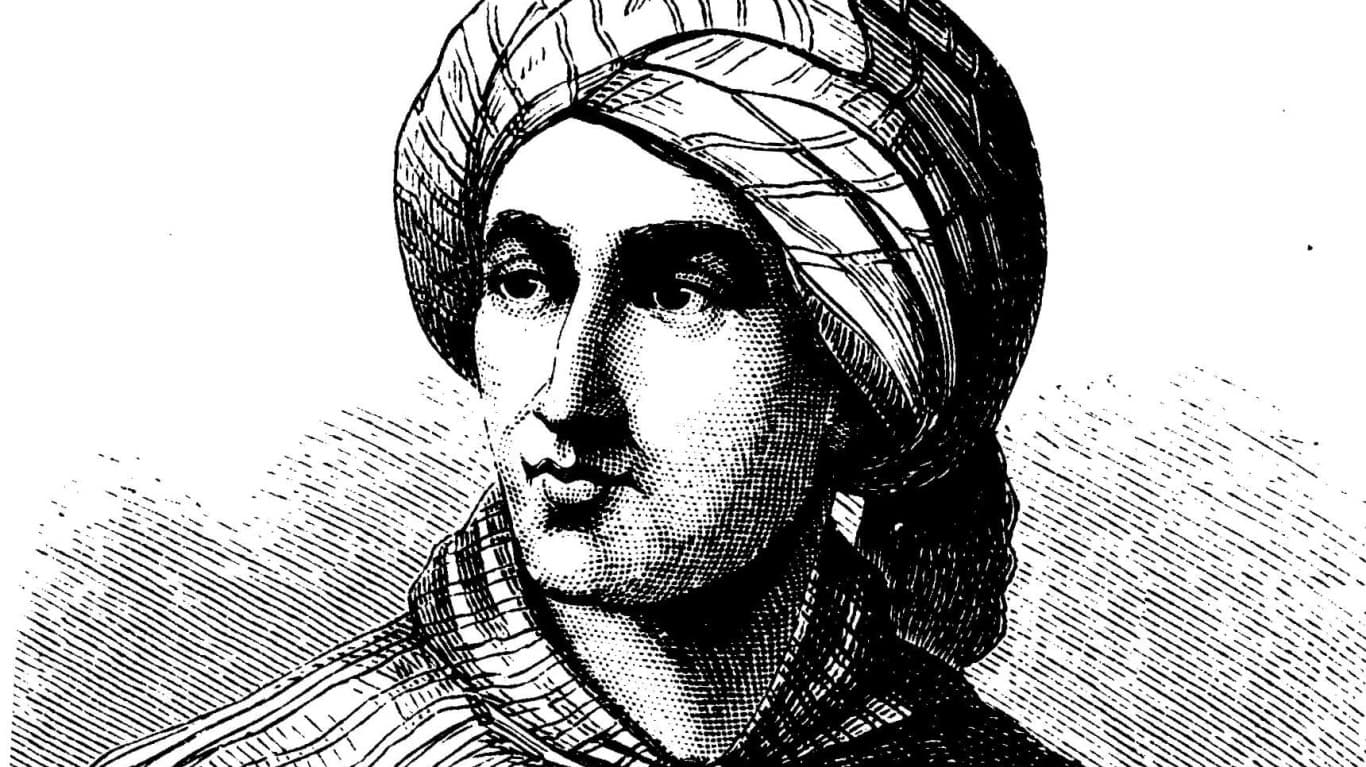
- Vanished in: 1856
- Where: Central Africa
Eduard Vogel was a mathematician, botanist, and astronomer. In 1853, he was chosen to deliver supplies to explorer Heinrich Barth in Sudan. He explored around Lake Chad and the Benue’s upper course until his disappearance in 1855. His death was confirmed in 1873, with local accounts claiming that he was beaten to death for disrespecting areas sacred to the inhabitants.
George Washington De Long
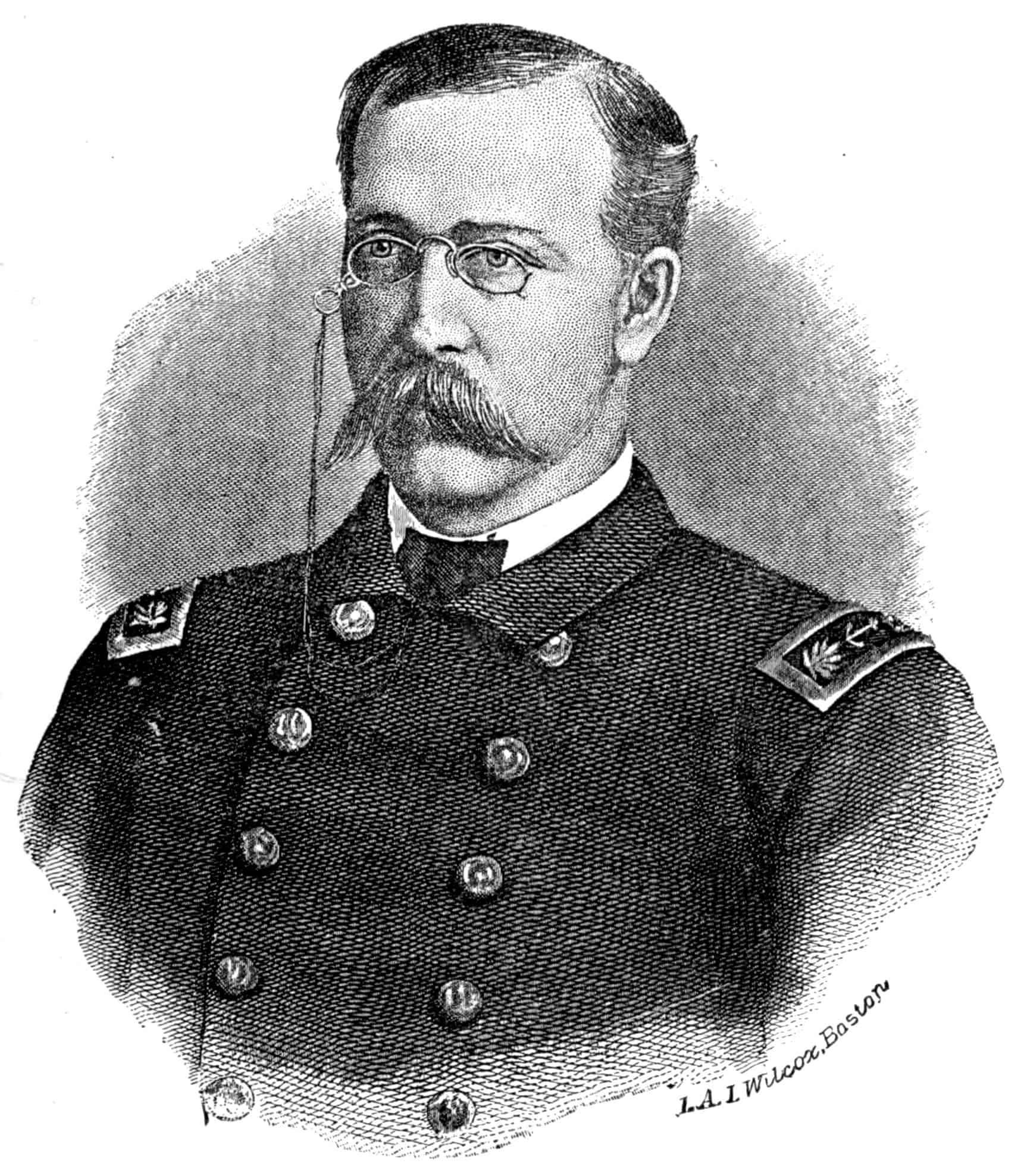
- Vanished in: 1881
- Where: Northern Siberia
George Washington De Long, an American explorer, led a U.S. Navy expedition that aimed to reach the North Pole from San Francisco in 1881. Trapped in pack ice near Siberia, De Long and his crew abandoned their ship, the USS Jeannette. Despite their efforts to continue north by lifeboat, the crew got separated. De Long reportedly died of exposure and starvation, but one lifeboat and its crew were rescued.
S.A. Andrée
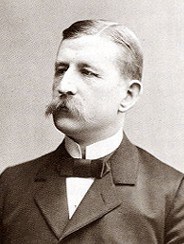
- Vanished in: 1897
- Where: White Island, Norway
In 1897, Swedish explorer S.A. Andrée attempted to explore the North Pole in a hot air balloon. Despite the balloon being untested and leaking, Andrée and his two co-pilots set off from the Norwegian archipelago of Svalbard. Two days later the balloon crashed into the Arctic ice pack. The undaunted explorers continued on and made camp on a deserted Arctic island, where they all perished. Their remnants were discovered in 1930.
Eduard von Toll

- Vanished in: 1902
- Where: Bennett Island (north of Siberia)
Baltic German polar explorer Baron Eduard Vasilievich von Toll conducted numerous geological and biological research expeditions to the Arctic regions. In an attempt to reach Sannikov Land, a fabled island north of Kotelny Island, Toll’s ship was unable to get through the Siberian ice. Eventually, he set off in a kayak with three others to Bennett Island, where his last camp and research materials were eventually discovered. No trace of Toll or his companions has ever been found.
Robert Falcon Scott
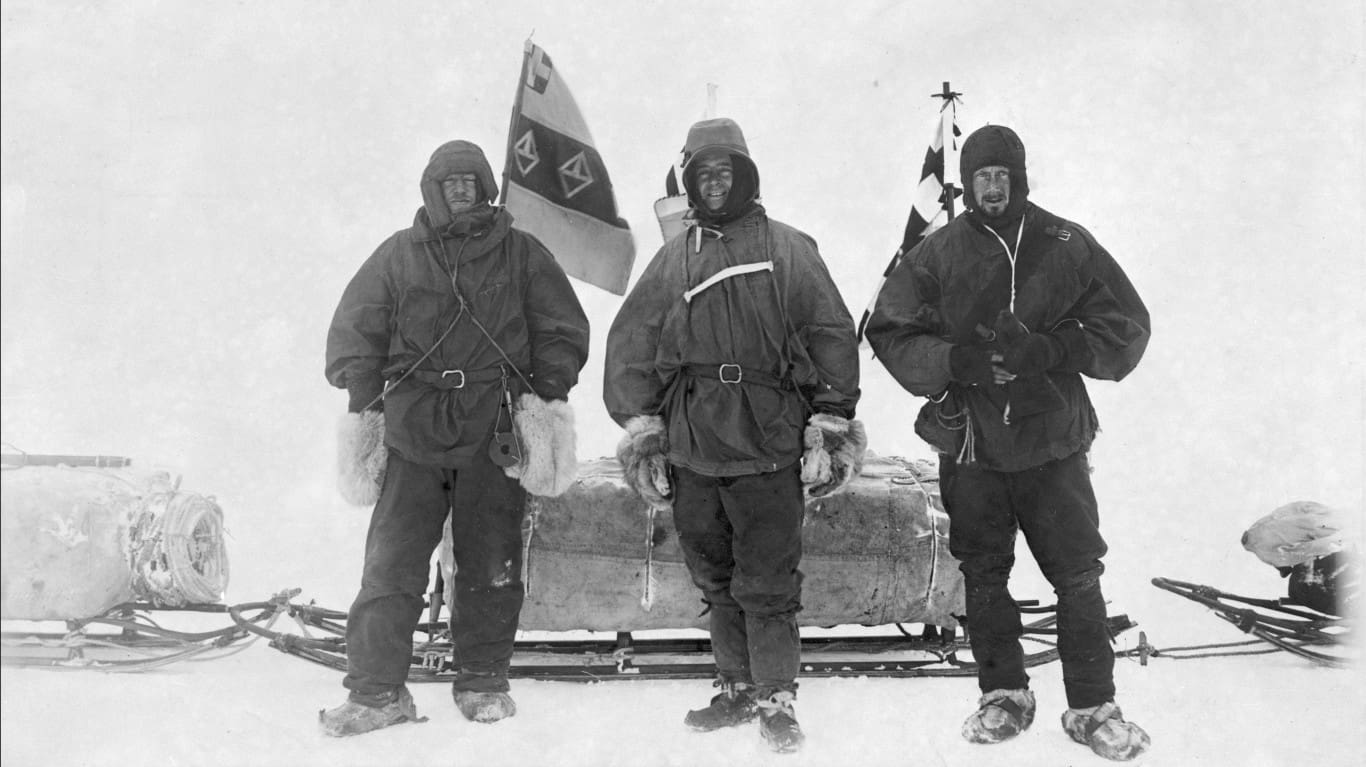
- Vanished in: 1912
- Where: Antarctica
Robert Falcon Scott was a British naval officer and explorer who led an expedition attempting to reach the South Pole, setting out in June 1910. Despite harsh conditions and equipment failures, Scott’s team reached the pole in January 1912 only to find Roald Amundsen (see below) had beaten them. Returning on foot, the team faced extreme weather and low supplies. Scott and the last of his team died in a blizzard in March 1912, just 11 miles from their destination.
Vladimir Rusanov
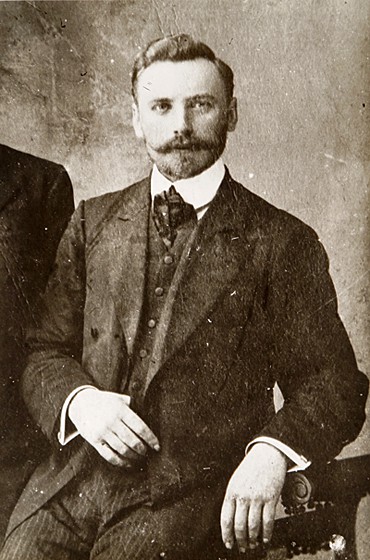
- Vanished in: 1913
- Where: Kara Sea (Arctic)
Vladimir Rusanov, a Russian explorer, started his career leading expeditions in Novaya Zemlya, an Arctic archipelago. In 1912, he embarked on an expedition to Svalbard. After a successful summer of fieldwork, Rusanov and his crew made a rash attempt to sail through the Northeast Passage to the Pacific Ocean. The last communication was a 1912 telegram outlining their plans. Decades later, signs of the doomed expedition were found on multiple islands in the Kara Sea.
Georgy Brusilov
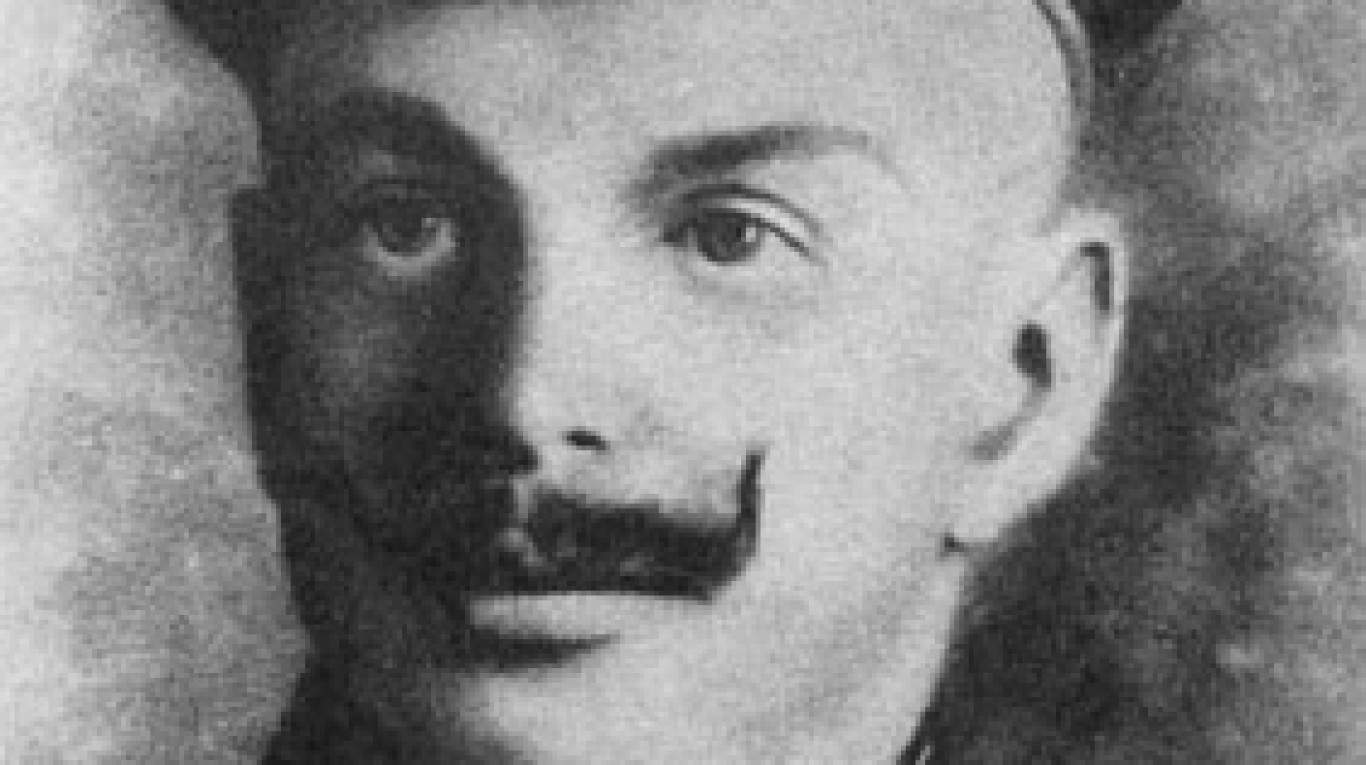
- Vanished in: 1914
- Where: Arctic
Russian explorer Georgy Brusilov set off in 1912 to chart a map between the Atlantic and Pacific oceans. His ship, however, became trapped in ice, forcing the crew to spend two winters drifting toward the North Pole. Eventually, several crew members abandoned the ship and walked south over the ice. Two survived and were rescued on Northbrook Island, but Brusilov and his ship were never seen again.
George Mallory
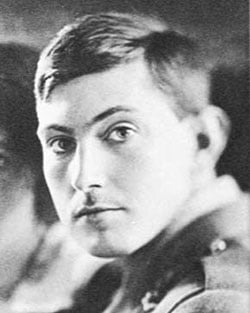
- Vanished in: 1924
- Where: Mount Everest
British explorer George Mallory is perhaps best known for his response to why he wanted to climb Everest: “Because it’s there.” Mallory took part in early 1920s expeditions to Everest. In June 1924, Mallory and fellow mountaineer Andrew Irvine were last seen climbing just 800 feet below the summit, but then vanished. In 1999, Mallory’s frozen body was found on the mountainside, possibly the victim of a fall, but Andrew Irvine was never found.
Percy Fawcett
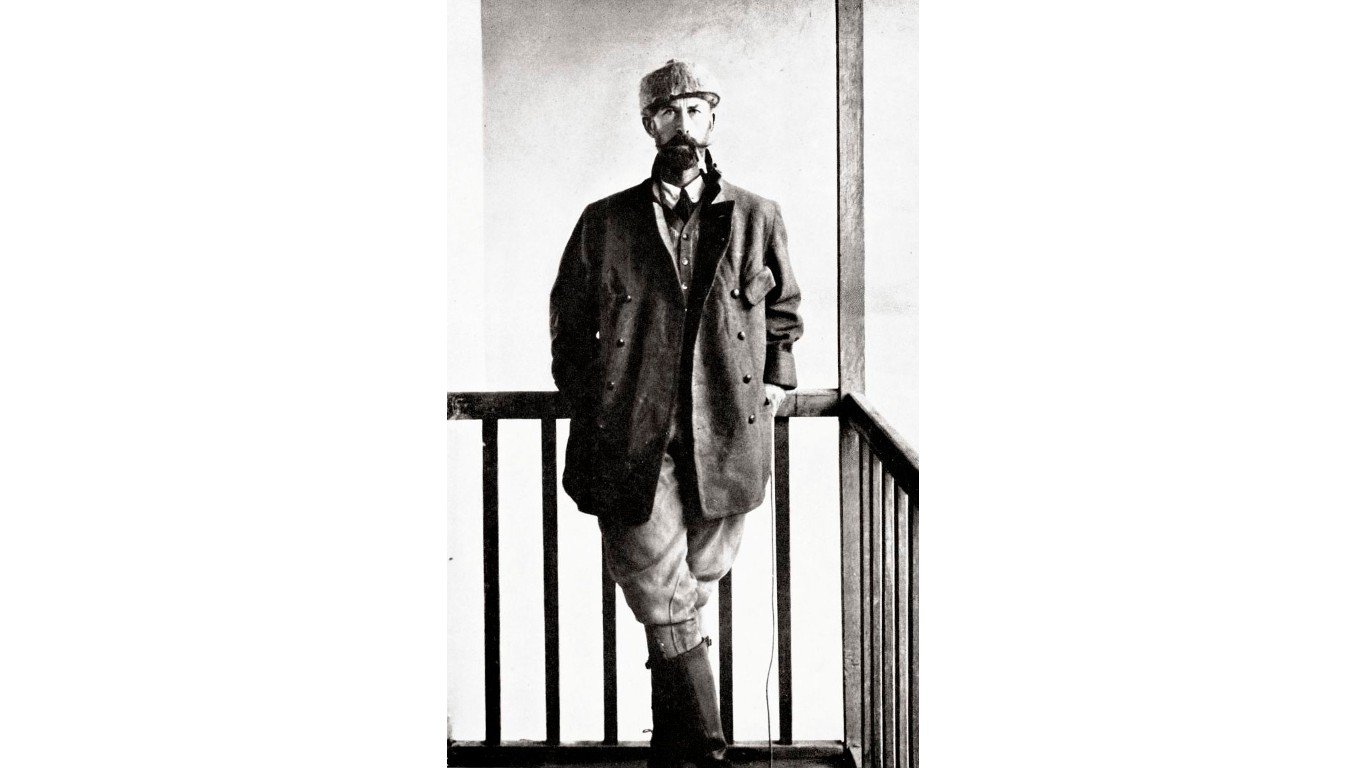
- Vanished in: 1925
- Where: Amazon
After numerous successful mapmaking expeditions in Brazil and Bolivia, Colonel Percy Fawcett, a famed British explorer, disappeared in the Amazon in 1925 while searching for the mythical Lost City of Z. In the years since his disappearance, over 100 people have died trying to discover evidence of his fate. An oral history of the Kalapalo people claims that Fawcett was killed by a hostile tribe.
Roald Amundsen

- Vanished in: 1928
- Where: Barents Sea
Famed Norwegian explorer Roald Amundsen is known for leading two groundbreaking expeditions: the first trip through the Northwest Passage and the first excursion to reach the South Pole. While on a mission to rescue the crew of a crashed airship that was returning from the North Pole, Amundson disappeared. Parts of his aircraft were later found in the Barents Sea, but his remains were never recovered.
Everett Ruess
- Vanished in: 1934
- Where: Utah
Everett Ruess, an avid outdoorsman and artist, ventured into the American wilderness on horseback at age 16, painting and writing about the landscapes he encountered. He disappeared at 20 during what was supposed to be a two month trip into southern Utah’s rigorous backcountry. His donkeys and campside were found in a gulch, but his body has never been recovered. Ruess’s family is still seeking clues to his disappearance.
Peng Jiamu
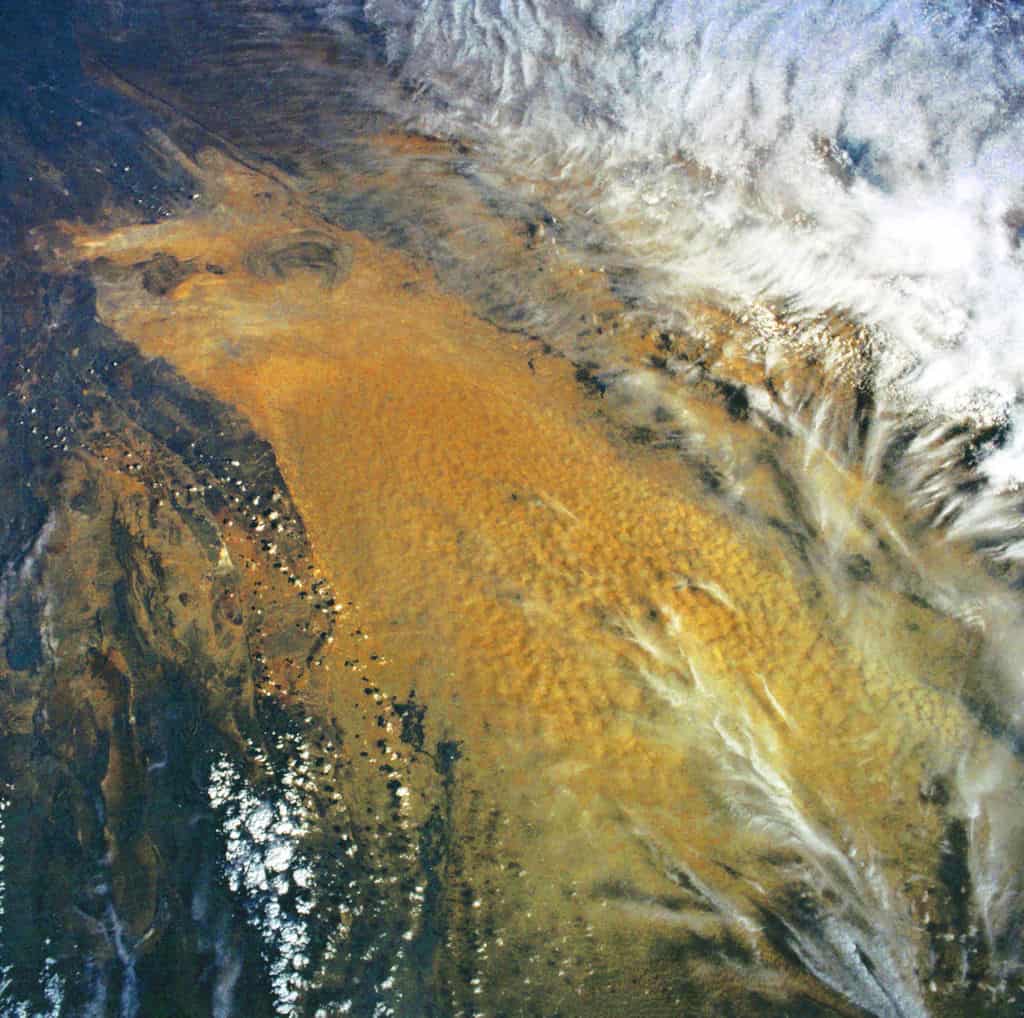
- Vanished in: 1980
- Where: Lop Nur Desert, China
Peng Jiamu was a Chinese biochemist who conducted several scientific excursions into the Lop Nor Desert. He disappeared during a 1980 expedition into Lop Nur when the group’s water started to run out. Jiamu left a note stating he’d gone to find water and was never seen again. Despite extensive searches, his body was never found.
Naomi Uemura

- Vanished in: 1984
- Where: Denali
Beloved Japanese solo explorer Naomi Uemura is remembered as the first person to make it to the North Pole alone, and to raft the Amazon solo. He disappeared in 1984 after reaching the peak of Denali in Alaska during a solo winter climb. His diary and self-rescue poles were later found stashed in a cave, but his body was never recovered. It is believed he may have fallen into a crevasse during his descent.
